
What brand of yoga mat is good to buy? Which material is the best yoga mat?
The yoga mat is a necessity in daily life for the Jia people. The longer you practice yoga, the more you like to bring your own yoga mat. A yoga mat that suits you is also an expression of your attitude towards yoga.
Choosing a yoga mat that suits you has become an indispensable homework for yoga people. "Which brand of yoga mat is good?" "Which material is the best yoga mat?" "What thickness of yoga mat should I buy?" "Which one should I buy when I practice at home?" ...... I just wanted to buy a yoga mat quickly and went to class happily, but when I searched on the Internet, I immediately scratched my head-jumping out of all kinds of yoga mats, I instantly fell into a phobia of choice. So, what should I look at when choosing a yoga mat that really suits you? Brand? thickness? Suit? Let Ka Xiaomo help you sort out your thoughts! The first step is to determine the budget. The economic base determines the superstructure. First, have an expectation in mind, and choose the most suitable one within the budget. The second step is to understand the material. The advantages and disadvantages of different materials need to be understood, such as non-slip performance and service life; The third step is to select the thickness and size. Choose according to your usual practice habits. Don't dare to just look at the color and promotion. After all, the yoga mat that accompanies you every day should be the one that really suits you. Finally, what Ka Xiaomo thinks is very important, that is, the appearance! Here comes the focus! The material and thickness of the above points are what we need to understand: 01. Material At present, the mainstream yoga mat materials on the market are generally divided into NBR, PVC, TPE, natural rubber, cork and mixed material yoga mats. Don't be scared by these letters. The following simple text introduces their respective advantages and disadvantages. NBR 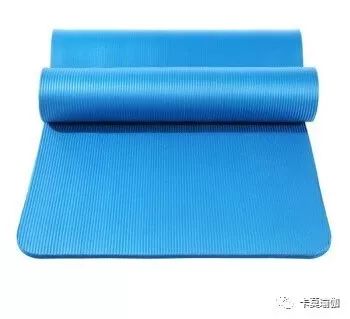 Advantages: cheap price, diverse colors, simple craftsmanship, thick, good softness, environmental protection Disadvantages: poor dirt resistance, not easy to clean, average resilience, abrasion resistance, and weak slip resistance. Service life: 3 months to 1 year. PVC
Advantages: cheap price, diverse colors, simple craftsmanship, thick, good softness, environmental protection Disadvantages: poor dirt resistance, not easy to clean, average resilience, abrasion resistance, and weak slip resistance. Service life: 3 months to 1 year. PVC 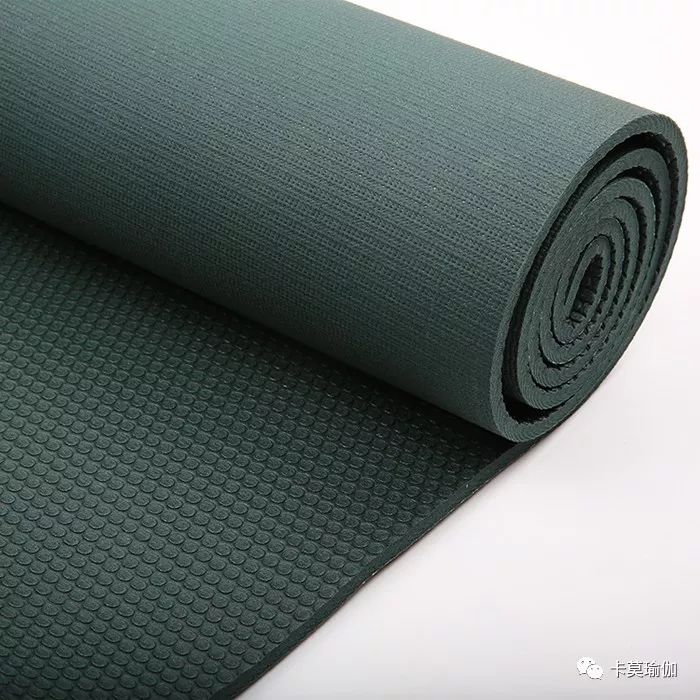 Advantages: good durability and low raw material cost, so the price is relatively close to the people, and it is also a relatively common yoga mat currently used; Disadvantages: Because the material has poor absorption, it has good slip resistance in dry conditions, but for those who sweat a lot, it has poor slip resistance; plastic products cannot be degraded naturally and are not environmentally friendly. Cellular foam structure, poor dirt resistance, not easy to clean, softness, resilience, and abrasion resistance are relatively average. Service life: 3 months to 1 year. TPE
Advantages: good durability and low raw material cost, so the price is relatively close to the people, and it is also a relatively common yoga mat currently used; Disadvantages: Because the material has poor absorption, it has good slip resistance in dry conditions, but for those who sweat a lot, it has poor slip resistance; plastic products cannot be degraded naturally and are not environmentally friendly. Cellular foam structure, poor dirt resistance, not easy to clean, softness, resilience, and abrasion resistance are relatively average. Service life: 3 months to 1 year. TPE 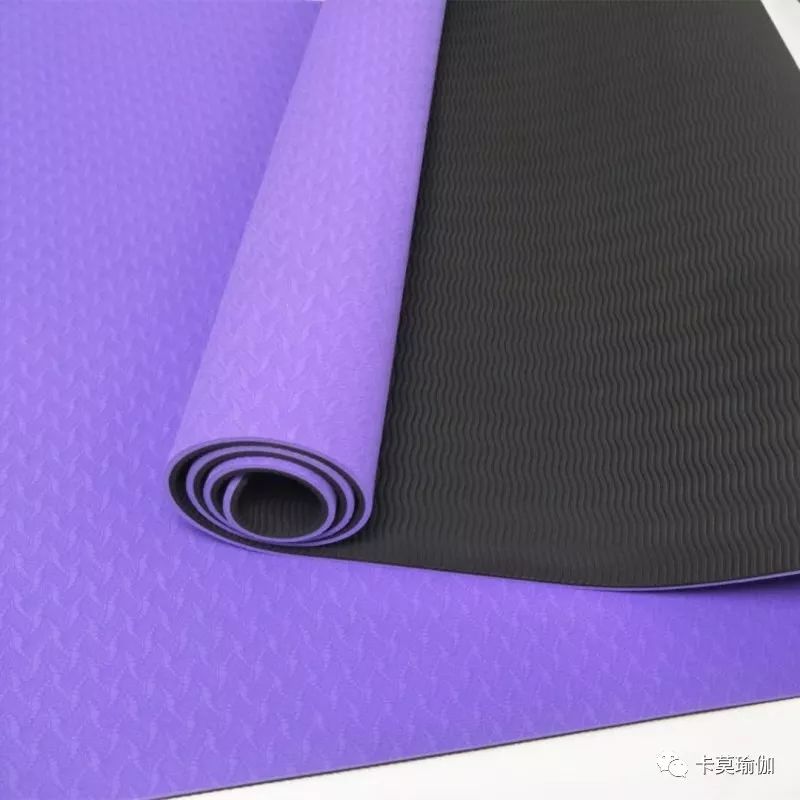 Advantages: high elasticity; environmental protection; anti-slip performance is better than PVC. Insufficiency: poor durability. Service life: generally can be used for about 1 year natural rubber
Advantages: high elasticity; environmental protection; anti-slip performance is better than PVC. Insufficiency: poor durability. Service life: generally can be used for about 1 year natural rubber 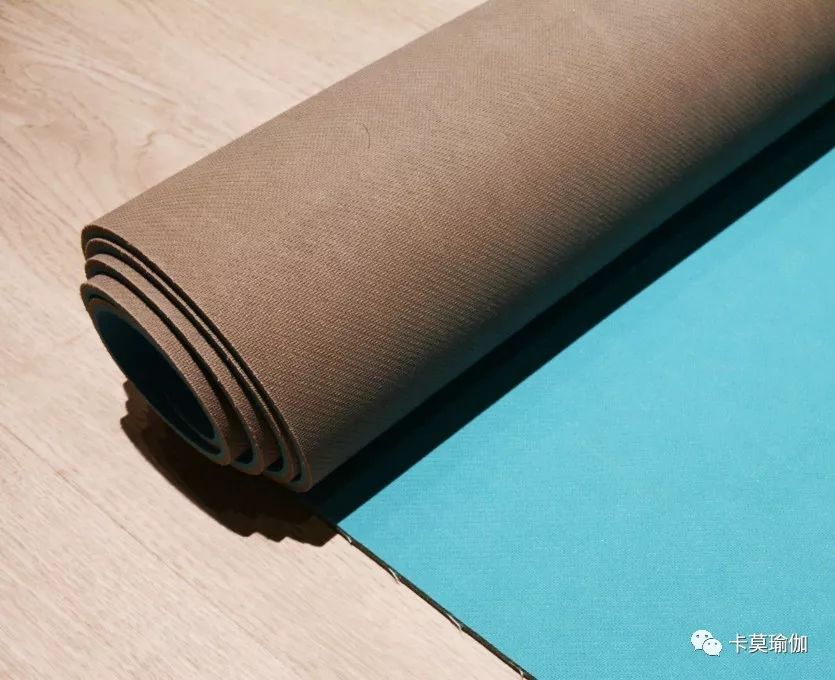 Advantages: The natural texture and open-pore structure of the surface help absorb moisture, and the anti-slip effect is very good whether dry or wet. Natural rubber is very soft, has good resilience, and the experience is very good. The grip performance is also excellent. The source of raw materials is natural and environmentally friendly. Disadvantage: Natural rubber will have a certain smell. If it is sensitive to the smell, it will take a day or two to disperse the smell. Service life: more than 2 years cork
Advantages: The natural texture and open-pore structure of the surface help absorb moisture, and the anti-slip effect is very good whether dry or wet. Natural rubber is very soft, has good resilience, and the experience is very good. The grip performance is also excellent. The source of raw materials is natural and environmentally friendly. Disadvantage: Natural rubber will have a certain smell. If it is sensitive to the smell, it will take a day or two to disperse the smell. Service life: more than 2 years cork 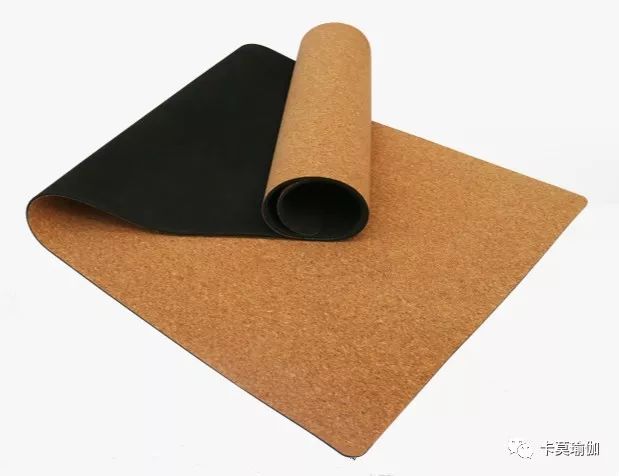 Advantages: environmental protection, non-toxic, good slip resistance. Insufficiency: need to be scrubbed in time, otherwise it is easy to hide dirt Service life: about 1 year 02. Thickness and size Did you know that yoga mats are not only one size? The international standard size of yoga mats is divided into two types: 610x1730mm and 610x1830mm. The former is suitable for those who are under 175cm in height, and the latter is suitable for those who are under 185cm. If you are a big man, don't forget to take a look at this parameter. The thickness of the yoga mat is another core factor in choosing a yoga mat in addition to the material. From 1.5mm to 13mm, the yoga mats on the market have such a big difference. What are the principles of the design of different thicknesses? The key lies in the consideration of both comfort and stability. Generally speaking, the thicker the yoga mat, the better cushioning the joints, palms and soles of the hands, making the movements more comfortable. But also because of this, it will make it difficult for you to feel the ground and lose the stability of your movements, especially for standing movements, it is difficult to complete difficult asanas. Therefore, different thicknesses should be selected for different training stages:
Advantages: environmental protection, non-toxic, good slip resistance. Insufficiency: need to be scrubbed in time, otherwise it is easy to hide dirt Service life: about 1 year 02. Thickness and size Did you know that yoga mats are not only one size? The international standard size of yoga mats is divided into two types: 610x1730mm and 610x1830mm. The former is suitable for those who are under 175cm in height, and the latter is suitable for those who are under 185cm. If you are a big man, don't forget to take a look at this parameter. The thickness of the yoga mat is another core factor in choosing a yoga mat in addition to the material. From 1.5mm to 13mm, the yoga mats on the market have such a big difference. What are the principles of the design of different thicknesses? The key lies in the consideration of both comfort and stability. Generally speaking, the thicker the yoga mat, the better cushioning the joints, palms and soles of the hands, making the movements more comfortable. But also because of this, it will make it difficult for you to feel the ground and lose the stability of your movements, especially for standing movements, it is difficult to complete difficult asanas. Therefore, different thicknesses should be selected for different training stages: Beginner-recommended a medium thickness of 5-8mm, which can make the process of learning yoga more enjoyable;
Advanced-recommended 3-6mm (also the most common thickness on the market), gradually adapt; Senior-Use 1.5-3mm thin pads to fully sense the ground and maintain stable movements.
Melors (HK) Industry Co., Limited
TEL: 86-752-3553578
WEBSITE: www.melorsfoam.com








